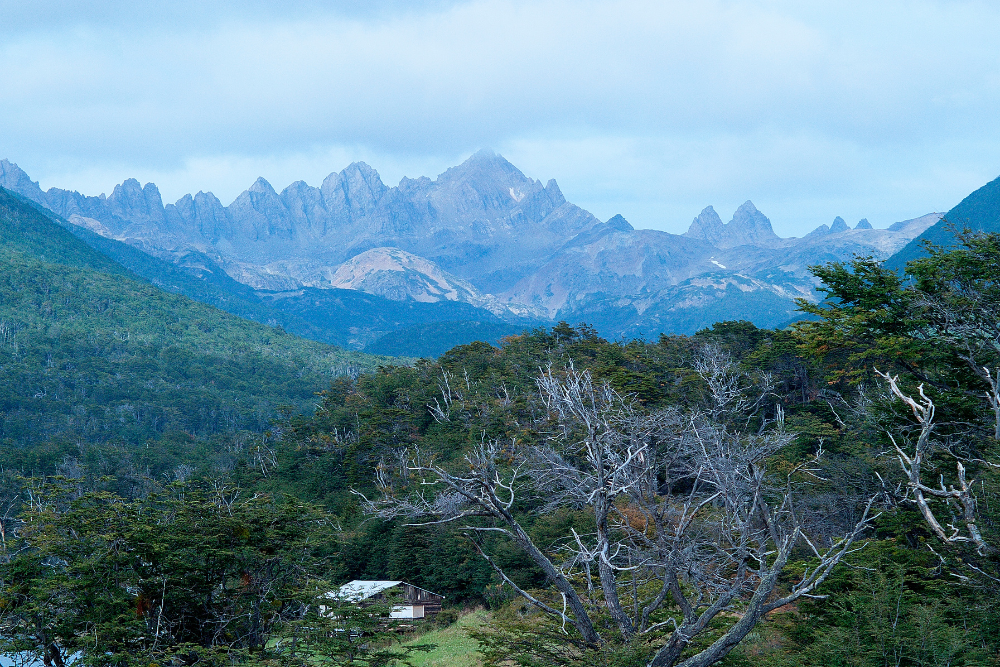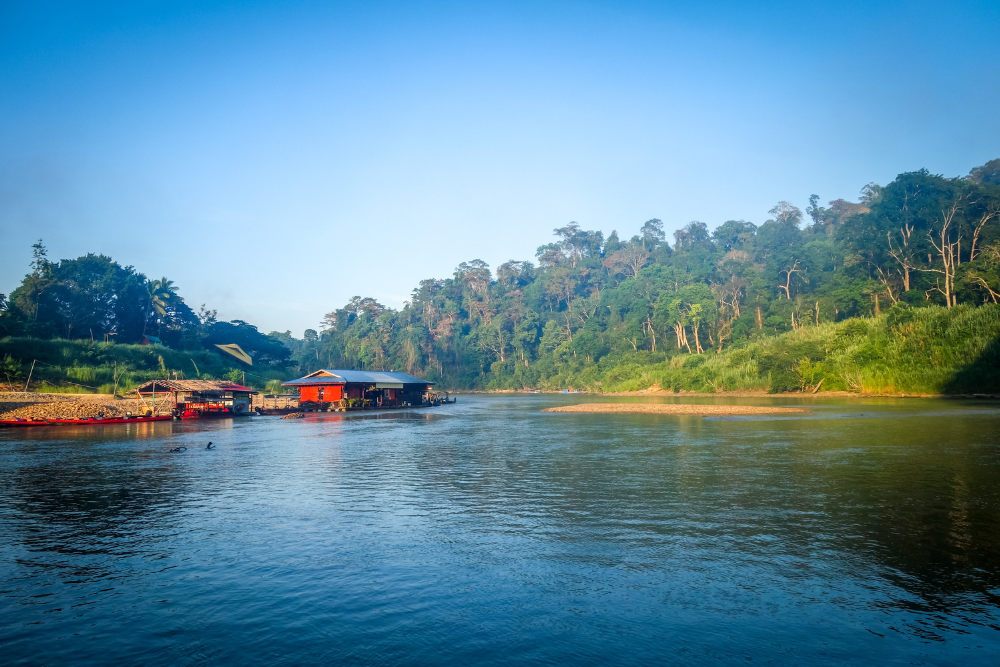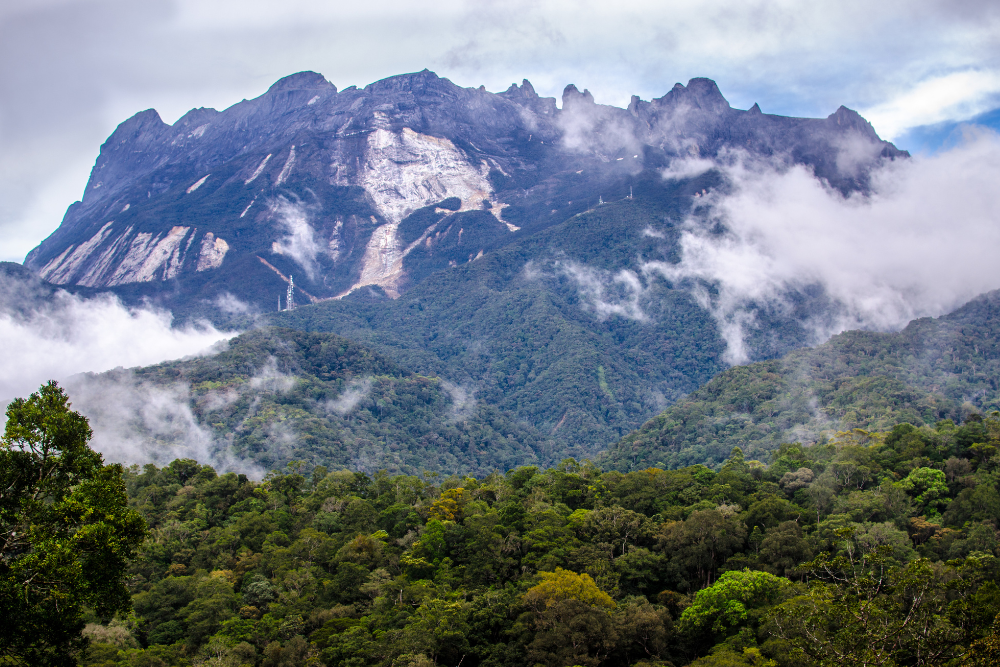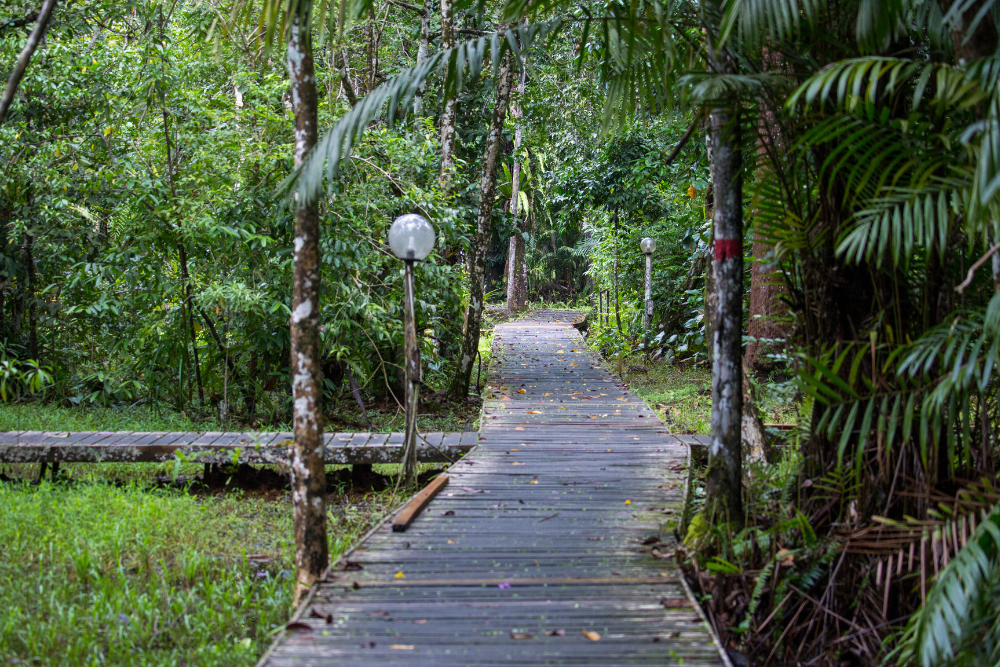Malaysia is renowned for its stunning biodiversity and rich ecosystems, which range from lush rainforests and pristine beaches to mountainous terrains and vibrant coral reefs. To safeguard these natural treasures, the country has established a network of nature reserves that play a crucial role in conserving its unique flora and fauna. This blog explores the importance of nature reserves in Malaysia, highlights some of the most significant reserves, and discusses the efforts made to protect these invaluable ecosystems.
 The Importance of Nature Reserves
The Importance of Nature Reserves
Nature reserves are vital for preserving biodiversity and maintaining ecological balance. They serve several important functions:
- Biodiversity Conservation: Nature reserves provide a sanctuary for countless species, some of which are endemic to Malaysia. Protecting these habitats helps ensure the survival of these species and the overall health of the ecosystem.
- Research and Education: Nature reserves offer opportunities for scientific research and education. They serve as living laboratories where researchers can study ecosystems, species interactions, and the impacts of climate change.
- Ecotourism: By promoting sustainable tourism, nature reserves can generate revenue while educating visitors about conservation. Ecotourism encourages responsible travel practices and helps raise awareness about the importance of protecting natural environments.
- Cultural Heritage: Many nature reserves are home to indigenous communities who rely on the land for their livelihoods. Protecting these areas also helps preserve the cultural heritage and traditional knowledge of these communities.
Notable Nature Reserves in Malaysia
1. Taman Negara National Park

Overview: Taman Negara is Malaysia’s oldest national park, covering over 4,300 square kilometers of tropical rainforest. It is one of the world’s most diverse ecosystems, home to thousands of plant and animal species.
Highlights:
- Canopy Walkway: Experience breathtaking views of the rainforest from one of the world’s longest canopy walkways.
- Wildlife Spotting: Look for endangered species such as Malayan tigers, Asian elephants, and exotic birds.
2. Borneo’s Sepilok Orangutan Rehabilitation Centre
Overview: Located in Sabah, this reserve focuses on the rehabilitation of orphaned orangutans and their return to the wild. It is part of the larger Kabili-Sepilok Forest Reserve.
Highlights:
- Orangutan Feeding Sessions: Observe feeding times and learn about the conservation efforts to protect this endangered species.
- Nature Trails: Explore the lush forest trails, where you can encounter other wildlife and diverse plant life.
3. Kinabalu Park

Overview: A UNESCO World Heritage site, Kinabalu Park is home to Mount Kinabalu, the highest peak in Southeast Asia. The park is known for its rich biodiversity and unique ecosystems.
Highlights:
- Flora and Fauna: Discover thousands of plant species, including the famous Rafflesia arnoldii, the largest flower in the world.
- Trekking Opportunities: Enjoy various trekking trails that cater to different skill levels, offering stunning views of the mountain and its surroundings.
4. Penang National Park
Overview: Located on the northwest corner of Penang Island, this park is a mix of rainforest, mangroves, and coral reefs. It is one of the smallest national parks in Malaysia but boasts a rich variety of habitats.
Highlights:
- Hiking Trails: Explore trails leading to beautiful beaches, waterfalls, and the famous lighthouse at Cape Rachado.
- Marine Life: Snorkel or dive in the crystal-clear waters to discover vibrant coral reefs and marine species.
5. Endau-Rompin National Park

Overview: Straddling the states of Johor and Pahang, Endau-Rompin is known for its ancient rainforests and diverse wildlife, including rare species like the Malayan tiger and Sumatran rhinoceros.
Highlights:
- Waterfalls: Visit stunning waterfalls like Tanjung Pemancha and Kota Gelanggi.
- Eco-Tourism Activities: Engage in guided nature walks, birdwatching, and jungle trekking.
Conservation Efforts in Malaysia

To effectively protect its unique ecosystems, Malaysia has implemented various conservation initiatives:
1. Legal Protections
The Malaysian government has established numerous laws and regulations to protect natural resources and wildlife. National parks and nature reserves are designated as protected areas, restricting activities that could harm the environment.
2. Community Involvement
Engaging local communities in conservation efforts is crucial. Many reserves collaborate with indigenous populations to promote sustainable practices and preserve traditional knowledge.
3. Ecotourism Initiatives
Ecotourism plays a significant role in conservation funding. By attracting visitors to nature reserves, Malaysia can generate revenue that supports conservation projects and promotes awareness of environmental issues.
4. Research and Monitoring
Scientific research is essential for understanding ecosystems and assessing the impacts of climate change and human activities. Ongoing monitoring of wildlife populations and habitat conditions helps inform conservation strategies.
Conclusion
Nature reserves are vital to protecting Malaysia’s unique ecosystems and preserving its rich biodiversity. By safeguarding these natural areas, Malaysia not only ensures the survival of countless species but also enhances the quality of life for future generations. Through legal protections, community involvement, and sustainable tourism, the country can continue to balance development with environmental conservation. For nature lovers and travelers, exploring Malaysia’s nature reserves offers a chance to appreciate the country’s stunning natural beauty while supporting the vital work of conservation. Embrace the adventure, connect with nature, and contribute to the preservation of Malaysia’s extraordinary ecosystems!












